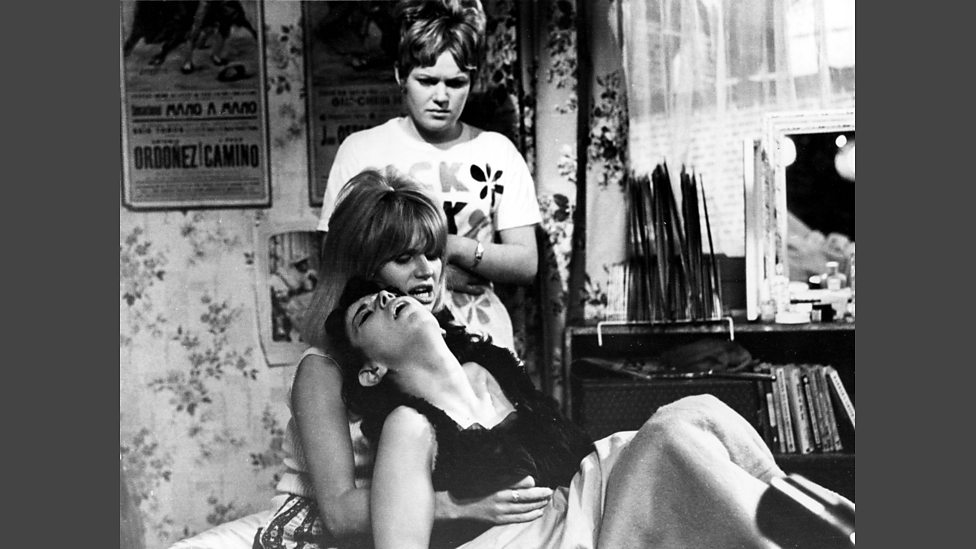Component 1 : SECTION C
'British' film

 - Documentaries are the cheapest to make, and therefore are the most successful genre in British Film.
- Documentaries are the cheapest to make, and therefore are the most successful genre in British Film.

What makes a film British?
To be eligible for the category, Bafta rules say that, unless there are exceptional circumstances, a film must "have significant British creative involvement" and be certified as British by the British Film Institute (BFI).
The BFI gives a film official British status for the purposes of receiving tax relief if it passes a "cultural test" or is a co-production between the UK and another approved country.
The cultural test contains 15 criteria, from having the dialogue in the English language and being set in the UK to using British locations, director, cast, writer, composer and producer.
12 Years A Slave
Nik Powell,
chair of Bafta's film
committee, explains: "12 Years a Slave was not considered by the committee
because it didn't list itself as a British film.“
When
a film is submitted to Bafta for
consideration, its producers can tick a box to say it is British, Mr Powell
says. The producers of 12 Years a Slave did not tick that box.
After
all, despite the involvement of McQueen and Ejiofor, an American book was adapted by an
American writer, filmed in the US with a largely non-British cast and crew and
produced by US production companies.
Gravity
So
what about Gravity? Although it stars Hollywood A-listers
Sandra Bullock and George Clooney and is not set in Britain (or any country for
that matter), it was filmed in the UK and its groundbreaking
visual effects were made in Britain.
"We're
proud that films like Gravity are British and we're proud to have them made
here by British people," Mr Powell says.
"The
prime objective is to show the huge range of British films, and to show the
audience that some films they might not initially think of as British are
actually incredibly British."
Social Realism

HISTORY:
-Early
British
cinema picked up on the revelation of everyday social interaction to be found
in Dickens and Thomas Hardy.
-In
the years following World War I, it was widely felt that the key to a national
cinema lay in 'realism and restraint'.
-Britain's
contribution to cinema in the 1930s lay in a state-sponsored documentary
tradition that would feed into the 1940s mainstream.
-The British
industry has
had a longstanding
rivalry with Hollywood in terms of 'realism and tinsel'.
-The
'quality film' mirrored a transforming wartime society. Women now worked in
munitions factories and the services, mixing with men and challenging
pre-assigned gender roles.
-In
the postwar
period, tensions grew
between the
camaraderie of the war years and the individualism of a burgeoning consumer society.

8/8 i rate
ReplyDeleteThank you Doctor.
Deletesuper epic kool
ReplyDeleteSay Walahi.
DeleteI think "altruistic" is the wrong word here - use "empathy" or "sympathy" instead - e.g. the spectator is encouraged to sympathise/empathise with the protagonist.
ReplyDeleteAlso, there's too much waffle in the opening paragraph: "To reveal certain information about the characters and the narrative" seems like an obvious, and therefore superfluous, point to make.
Mr Boon